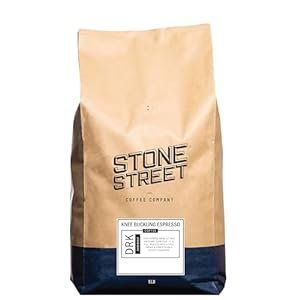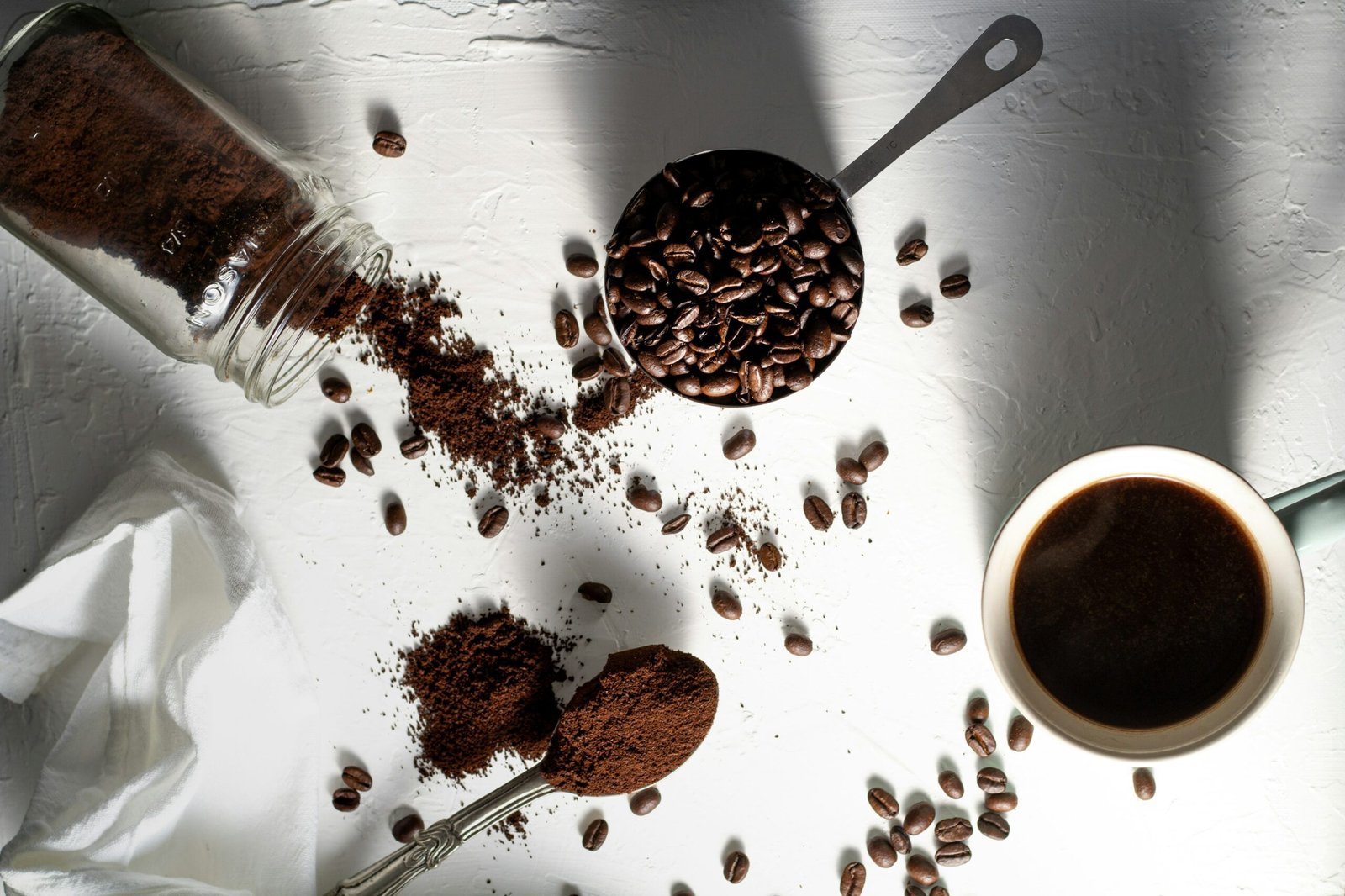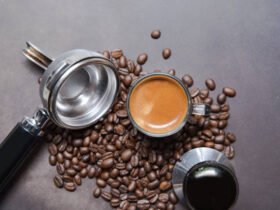Imagine waking up to the rich aroma of freshly ground coffee beans, knowing that you crafted the perfect coffee powder yourself. For coffee enthusiasts, this isn’t just a dream—it’s a delightful reality. In this blog post, we’ll take you on a flavorful journey, teaching you how to make coffee powder at home. You’ll learn about selecting the right beans, grinding techniques, storage tips, and much more. Whether you’re an experienced coffee lover or a curious beginner, this guide will enhance your coffee experience.
The Allure of Homemade Coffee Powder
Homemade coffee powder has an unmatched freshness. When you grind your own coffee, you unlock the full potential of its flavors and aromas. Pre-ground coffee loses its quality over time, but freshly ground coffee delivers a vibrant and aromatic cup every time.
Why Make Your Own Coffee Powder?
Making your own coffee powder allows you to control the grind size, which is crucial for different brewing methods. It also ensures that no additives or preservatives alter the pure taste of your coffee. Plus, the process itself is rewarding and meditative, adding a personal touch to your morning routine.
The Difference Freshness Makes
Freshly ground coffee enhances the taste and aroma of your brew. Coffee beans start losing their flavor within minutes of being ground, but when you grind them yourself, you capture all the essential oils and rich flavors that make coffee so delightful.
Choosing the Right Coffee Beans
The foundation of exceptional coffee powder lies in the beans you choose. Opt for high-quality, specialty-grade beans for the best results. Look for beans with a clear roast date to ensure you’re getting the freshest product possible.
Understanding Coffee Bean Varieties
Different coffee bean varieties offer a wide range of flavors. Knowing the types of beans available can help you select the ones that best suit your taste preferences.
Arabica vs. Robusta
Arabica beans are known for their smooth, complex flavors and lower caffeine content. Robusta beans, on the other hand, have a stronger, more bitter taste and higher caffeine content. Each type brings unique qualities to your coffee powder.
Single-Origin vs. Blends
Single-origin beans come from one location and have distinct flavor profiles reflecting their terroir. Blends combine beans from various regions, creating a balanced flavor. Both options can be excellent, depending on your taste.
Roast Levels and Their Impact
Roast levels significantly influence the flavor of your coffee powder. Light roasts retain more of the beans’ original flavors, while darker roasts bring out bold, smoky notes. Experiment with different roast levels to find your favorite.
The Importance of Grinding
Grinding coffee beans properly is crucial for making great coffee powder. The grind size affects the extraction process during brewing, impacting the taste and strength of your coffee.
Types of Grinders
There are two main types of grinders: blade and burr. Blade grinders are more affordable but produce uneven grinds. Burr grinders, though pricier, offer consistent grind sizes, resulting in better coffee.
Finding the Right Grind Size
The ideal grind size depends on your brewing method. Coarse grinds are suitable for French press, medium grinds work well for drip coffee makers, and fine grinds are perfect for espresso machines. Experiment with different sizes to see what works best for you.
Grinding Techniques
To achieve the best grind, pulse your grinder in short bursts rather than running it continuously. This method helps prevent overheating the beans and ensures a more uniform grind.
Making Coffee Powder Step-by-Step
Now that you understand the basics, let’s walk through the process of making coffee powder at home. Follow these steps to create a delicious homemade coffee powder.
Step 1: Select Your Beans
Start with high-quality, fresh coffee beans. Choose a variety that matches your taste preferences and ensure they are freshly roasted.
Step 2: Measure the Beans
Use a digital scale to measure the right amount of beans. For a standard cup of coffee, you’ll need about 20 grams of coffee beans.
Step 3: Grind the Beans
Set your grinder to the appropriate grind size for your brewing method and grind the measured beans. Remember to pulse the grinder to achieve an even consistency.
Storing Your Coffee Powder
Proper storage is essential to maintain the freshness and flavor of your coffee powder. Here are some tips on how to store it effectively.
Airtight Containers
Store your coffee powder in airtight containers to protect it from moisture and air exposure. Glass or ceramic containers with sealed lids work best.
Avoiding Light and Heat
Keep your coffee powder away from direct sunlight and heat sources. Store it in a cool, dark place, such as a pantry or cupboard.
Using Vacuum-Sealed Bags
For maximum freshness, consider using vacuum-sealed bags. These bags remove air and seal the coffee powder tightly, preserving its quality for a longer period.
Brewing the Perfect Cup
With your freshly made coffee powder, you’re ready to brew the perfect cup. Here’s how to get the best results from your homemade coffee powder.
Ideal Water Temperature
Use water between 195°F and 205°F (90°C to 96°C) for optimal extraction. Water that’s too hot or too cold can negatively affect the flavor of your coffee.
Stone Street Knee Buckling Espresso Coffee

- Ground
- High Caffeine Blend
- Dark Roast
Brewing Methods
Experiment with different brewing methods, such as French press, pour-over, or espresso, to find the one that highlights the best qualities of your coffee powder.
Proper Ratios
Use the right coffee-to-water ratio for your chosen brewing method. A common starting point is a 1:15 ratio, meaning one part coffee to fifteen parts water. Adjust this ratio to suit your taste.
Enhancing Your Coffee Experience
Making your own coffee powder is just the beginning. Here are some additional tips to elevate your coffee experience.
Pairing with Foods
Pair your coffee with complementary foods to enhance its flavors. For example, dark chocolate pairs well with rich, bold coffee, while citrus fruits complement lighter, fruity coffees.
Experiment with Flavors
Add spices like cinnamon or cardamom to your coffee grounds before brewing to create unique flavor profiles. You can also experiment with flavored syrups or milk alternatives.
Join a Coffee Community
Connect with other coffee enthusiasts online or in local groups. Sharing tips, brewing methods, and bean recommendations can enhance your coffee knowledge and enjoyment.
Common Mistakes to Avoid
Avoiding common mistakes can help you make the most of your homemade coffee powder. Here are some pitfalls to watch out for.
Over-Grinding or Under-Grinding
Using the wrong grind size can lead to over-extraction or under-extraction, resulting in bitter or weak coffee. Always match the grind size to your brewing method.
Stale Beans
Using old or stale beans will result in a flat, lackluster coffee. Always use freshly roasted beans for the best flavor.
Incorrect Storage
Improper storage can cause your coffee powder to lose its freshness quickly. Always store it in airtight containers in a cool, dark place.
The Joy of Crafting Your Own Coffee
Creating your own coffee powder at home is a rewarding experience. It allows you to explore different flavors, experiment with brewing methods, and enjoy a fresher, more flavorful cup of coffee.
Personal Satisfaction
There’s something incredibly satisfying about crafting your coffee from scratch. The process deepens your appreciation for the art and science of coffee-making.
Sharing with Friends
Share your homemade coffee powder with friends and family. It’s a unique gift that showcases your passion and expertise in coffee.
Continual Learning
The world of coffee is vast and ever-evolving. Continue learning about new beans, grind sizes, and brewing methods to keep your coffee experience exciting and enjoyable.
Conclusion
Making your own coffee powder is a delightful and enriching endeavor for any coffee enthusiast. By selecting the right beans, mastering grinding techniques, and storing your powder properly, you can enjoy a superior cup of coffee every time. Remember, coffee is an art and a science—experiment, enjoy, and share your newfound knowledge with others.
Ready to take your coffee passion to the next level? Explore our exclusive range of coffee beans and accessories tailored for true coffee lovers. Happy brewing!
FAQs
Q1. Can I use any coffee beans for making coffee powder?
Yes, but for the best results, select high-quality, freshly roasted beans that suit your taste preferences.
Q2. How long does freshly ground coffee powder stay fresh?
Freshly ground coffee powder is best used within a week. Store it in an airtight container to preserve its freshness.
Q3. Can I grind coffee beans without a grinder?
While a grinder is ideal, you can use a blender or a mortar and pestle in a pinch. However, these methods may not produce a consistent grind size.





